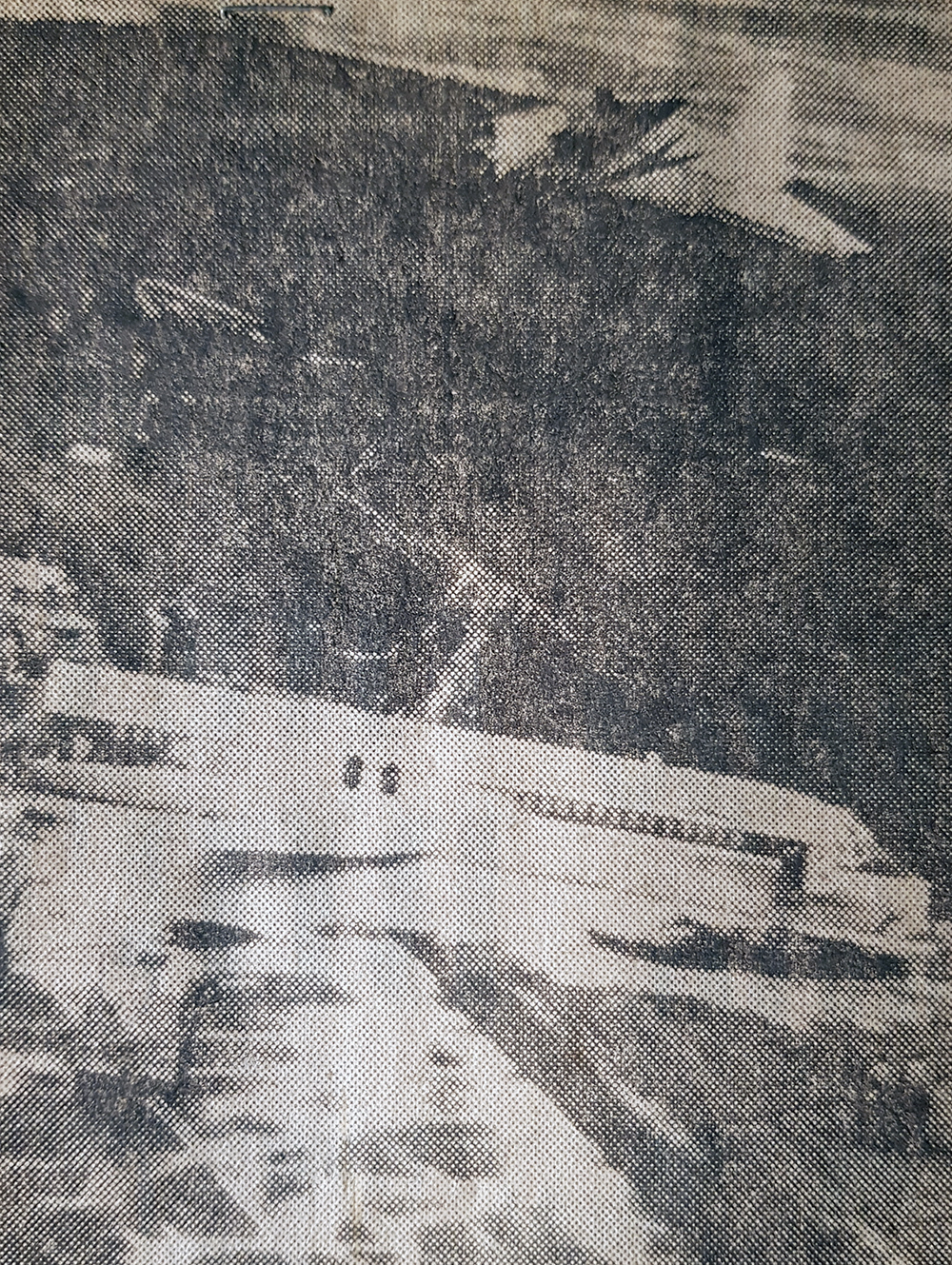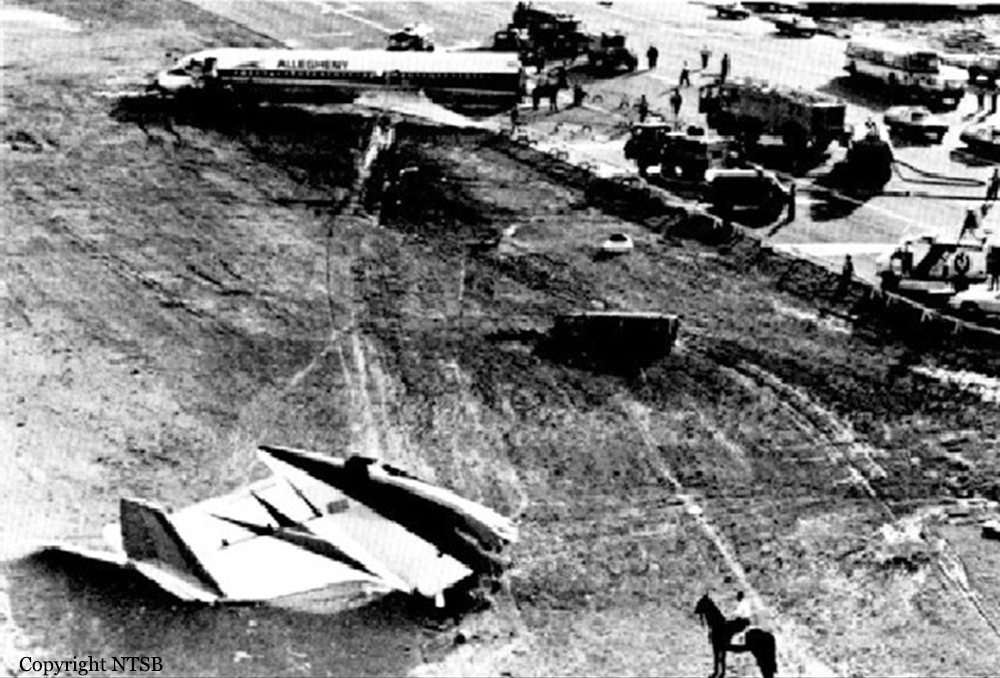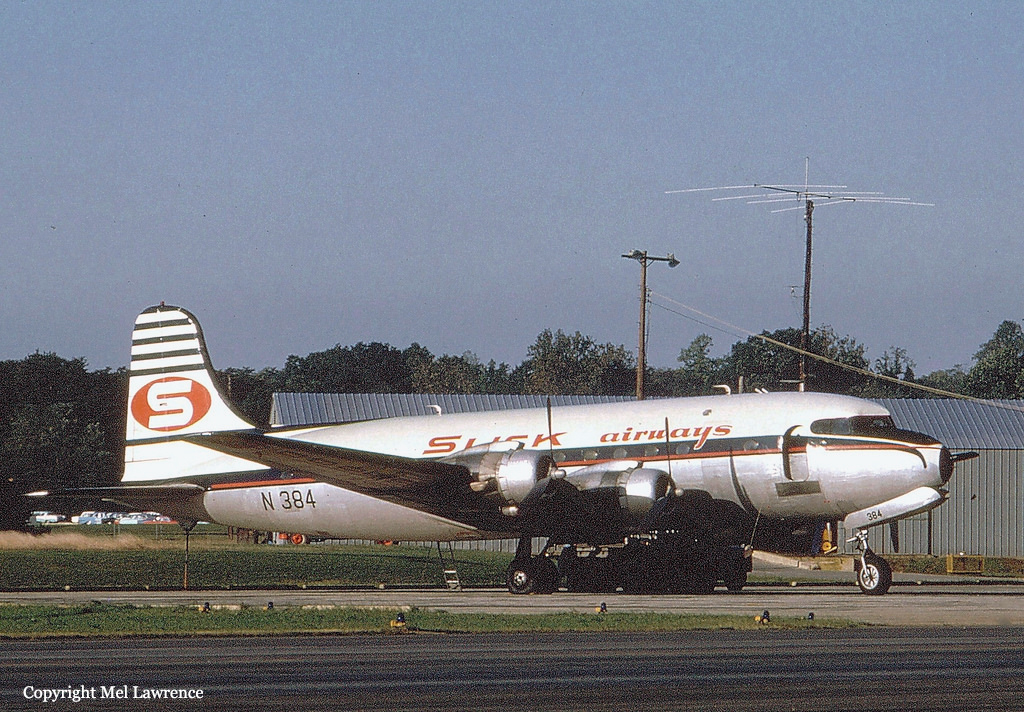Crash of a Mitsubishi MU-2B-60 Marquise near Burlington: 1 killed
Date & Time:
Apr 19, 1984 at 2022 LT
Registration:
N466MA
Survivors:
No
Schedule:
Burlington - Windsor Locks
MSN:
1540
YOM:
1981
Crew on board:
1
Crew fatalities:
Pax on board:
0
Pax fatalities:
Other fatalities:
Total fatalities:
1
Captain / Total hours on type:
3200.00
Aircraft flight hours:
7890
Circumstances:
The aircraft was flown earlier in the day for a sales demonstration. On the return flight, when the landing gear were lowered, the pilot thought he heard a noise emitting from the gear, although cockpit indications were normal. The aircraft landed at Johnny Cake Airport and was refueled for a flight to Bradley Field where it is hangared. The pilot stated he intended to make the 22 miles flight with the gear down as a precaution. He also stated his intention to fly below the overcast because of delays of up to 45 minutes in obtaining IFR clearances. Moments after takeoff the aircraft collided with trees east of the airport. About one mile east of the airport is a north-south ridge. Another pilot, who departed 15-20 mins earlier, reported entering the overcast between 400 and 700 feet agl. Ground witnesses one mile southeast of the airport who heard the crash described the weather as heavy fog and mist. One witness estimated the ceiling as 100 feet agl. The pilot, sole on board, was killed.
Probable cause:
Occurrence #1: in flight encounter with weather
Phase of operation: cruise
Findings
1. (f) weather condition - low ceiling
2. (c) VFR flight into imc - initiated - pilot in command
----------
Occurrence #2: in flight collision with object
Phase of operation: cruise
Findings
3. (f) object - tree(s)
4. (c) altitude - inadequate - pilot in command
5. (f) light condition - dark night
Phase of operation: cruise
Findings
1. (f) weather condition - low ceiling
2. (c) VFR flight into imc - initiated - pilot in command
----------
Occurrence #2: in flight collision with object
Phase of operation: cruise
Findings
3. (f) object - tree(s)
4. (c) altitude - inadequate - pilot in command
5. (f) light condition - dark night
Final Report:








